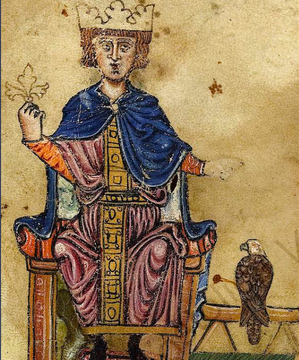
THE ORIGINS
It is one of the oldest universities to be founded by a head of State while other educational institutions by and large were a product of corporate initiatives.
The king’s objective was to create an institution of higher learning that would put an end to the predominance of the universities of northern Italy, most notably those of Bologna and Padua, which were considered either too independent or under the strong influence of the Pope.
The independence was granted by the charter, which then gave the emperor the highest authority. He hired professors, who would become royal employees paid through royal funds. Moreover, the emperor himself examined the candidates and granted degrees. Consistent with this rather rigid and centralized establishment, students and academic personnel were not allowed to travel and study elsewhere. Graduates took a vow to stay loyal to the king which meant that they were to lecture at the studium for a minimum of sixteen months. The foundation of the university was carried out within the framework of an administrative reform pursued by the emperor with the objective of training bureaucrats in becoming loyal to him as well as becoming capable of monitoring local nobles whom he distrusted. Thus, a strong motive was established to create a political tool for the emperor so that he could pursue his policies and counteract papal influence. However, Frederick’s love for learning was an equally strong motive.
Nevertheless, during the emperor’s reign, the university closed down and had to be re-founded twice, once in 1234 and again in 1239. After Frederick’s death, the university lost most of its splendor and faced a period of severe instability being shut and re-founded by the successive rulers.
THE ANGEVINS
It is one of the oldest universities to be founded by a head of State while other educational institutions by and large were a product of corporate initiatives.
The king’s objective was to create an institution of higher learning that would put an end to the predominance of the universities of northern Italy, most notably those of Bologna and Padua, which were considered either too independent or under the strong influence of the Pope.
The independence was granted by the charter, which then gave the emperor the highest authority. He hired professors, who would become royal employees paid through royal funds. Moreover, the emperor himself examined the candidates and granted degrees. Consistent with this rather rigid and centralized establishment, students and academic personnel were not allowed to travel and study elsewhere. Graduates took a vow to stay loyal to the king which meant that they were to lecture at the studium for a minimum of sixteen months. The foundation of the university was carried out within the framework of an administrative reform pursued by the emperor with the objective of training bureaucrats in becoming loyal to him as well as becoming capable of monitoring local nobles whom he distrusted. Thus, a strong motive was established to create a political tool for the emperor so that he could pursue his policies and counteract papal influence. However, Frederick’s love for learning was an equally strong motive.
Nevertheless, during the emperor’s reign, the university closed down and had to be re-founded twice, once in 1234 and again in 1239. After Frederick’s death, the university lost most of its splendor and faced a period of severe instability being shut and re-founded by the successive rulers.
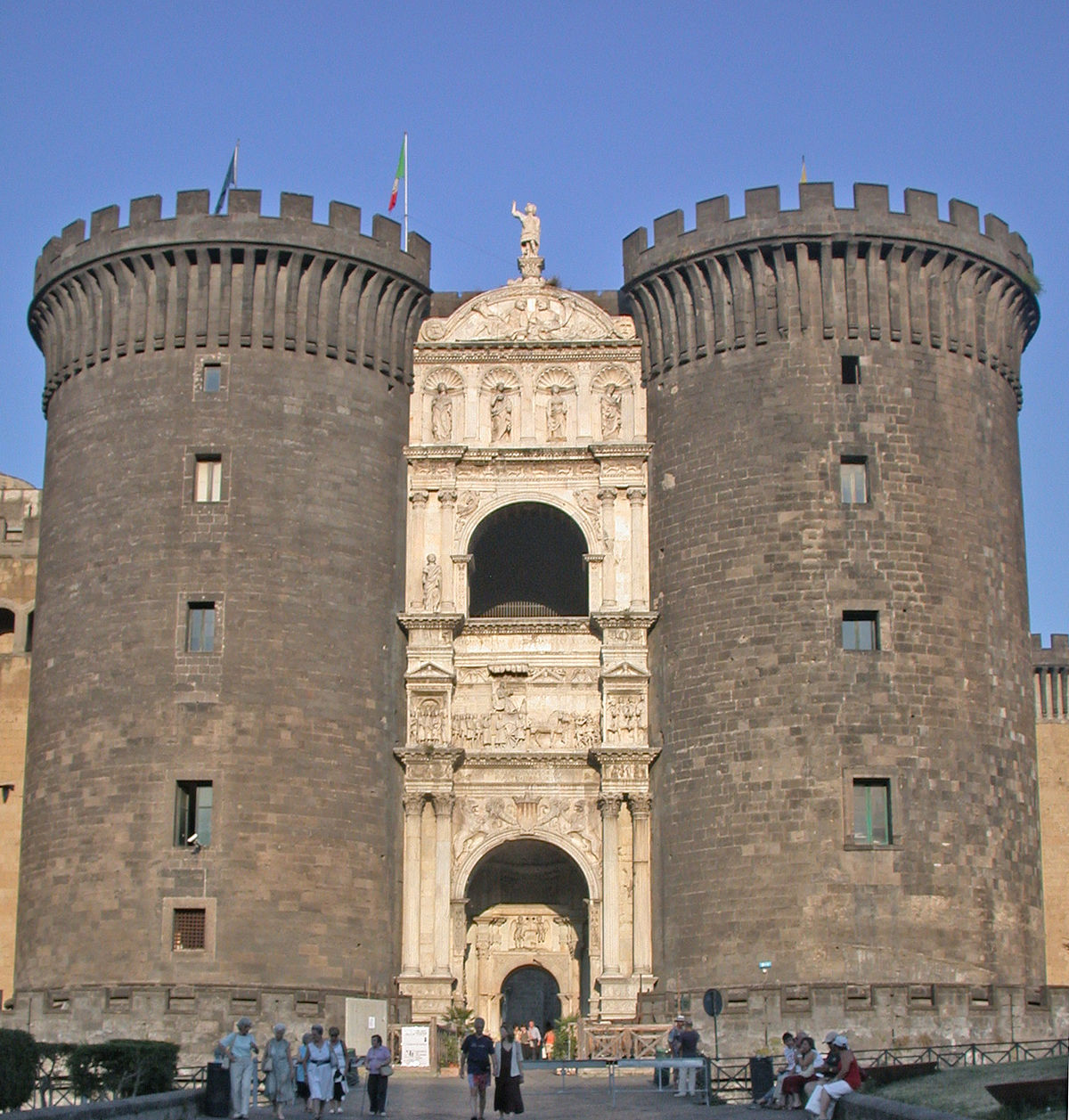
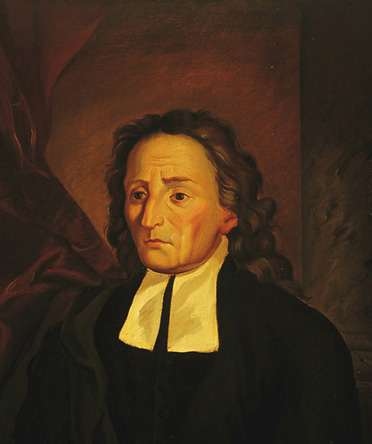
The Eighteenth Century
The short Austrian occupation (1707-1734), particularly during the last phase of the viceroy, was characterised by an upsurge in academic activity that continued during the ensuing Bourbon domination, beginning with Charles III. The university regained its role as the only centre of higher education in the southern peninsula (Sicily had its own separate universities).
It is worth remembering that in those years, GiovanBattista Vico taught at the University of Naples. In 1777, after the dissolution of the Jesuits, the university was moved to the ‘Collegio del Salvatore’, the former house of the ousted congregation, which is still owned and in use by the university nowadays. Throughout the second half of the 18th century the University of Naples had a considerable role in the remarkable cultural development of the Kingdom.
Some of the teachers, among whom, Antonio Genovesi, were active during the Enlightenment and a new class of intellectuals and civil servants was formed. Many academics contributed to the Jacobin revolution of 1799 and were instrumental in organising the administrative structure of the short-lived Neapolitan Republic.
THE BOURBONS
During the Bourbon restoration, the university lost momentum again and private schools became dominant as the providers of higher education in southern Italy. By 1860, the university included six schools (Theology, Law, Arts, Medicine, Mathematics and Natural Sciences). However, the pace of its development cannot be compared to that of the British, French and German universities. However, the year 1860 became a turning point when Francesco de Sanctis returned from exile and later was appointed as director general of education and as minister of education the following year.
He revolutionised entirely the stature and the faculty of the university, bringing its level up to modern European standards. At this time the School of Theology was closed. During the subsequent years, the ambition of De Sanctis pushed the university towards excellence in Europe; he introduced rules that made the University of Naples different from other Italian universities. However, following the unification of Italy in 1861, these differences were doomed to disappear. In addition, the Law of 1877, which was introduced by minister Coppino, conformed the University of Naples into the general structure of Italian universities as laid out by the Casati Law of 1859. Following the cholera epidemic of 1884, new town-planning initiatives extended the university compound from the ‘Cortile del Salvatore’ southward, towards Corso Umberto I. Many buildings (such as the convent of San Marcellino, adjacent to the ‘Cortile del Salvatore’, the old Jesuits’ seat) were converted into university facilities.
The central university building that dominates Corso Umberto I, between Piazza della Borsa and Piazza Nicola Amore was completed in 1912 and today it hosts the Senate and part of the School of Law.
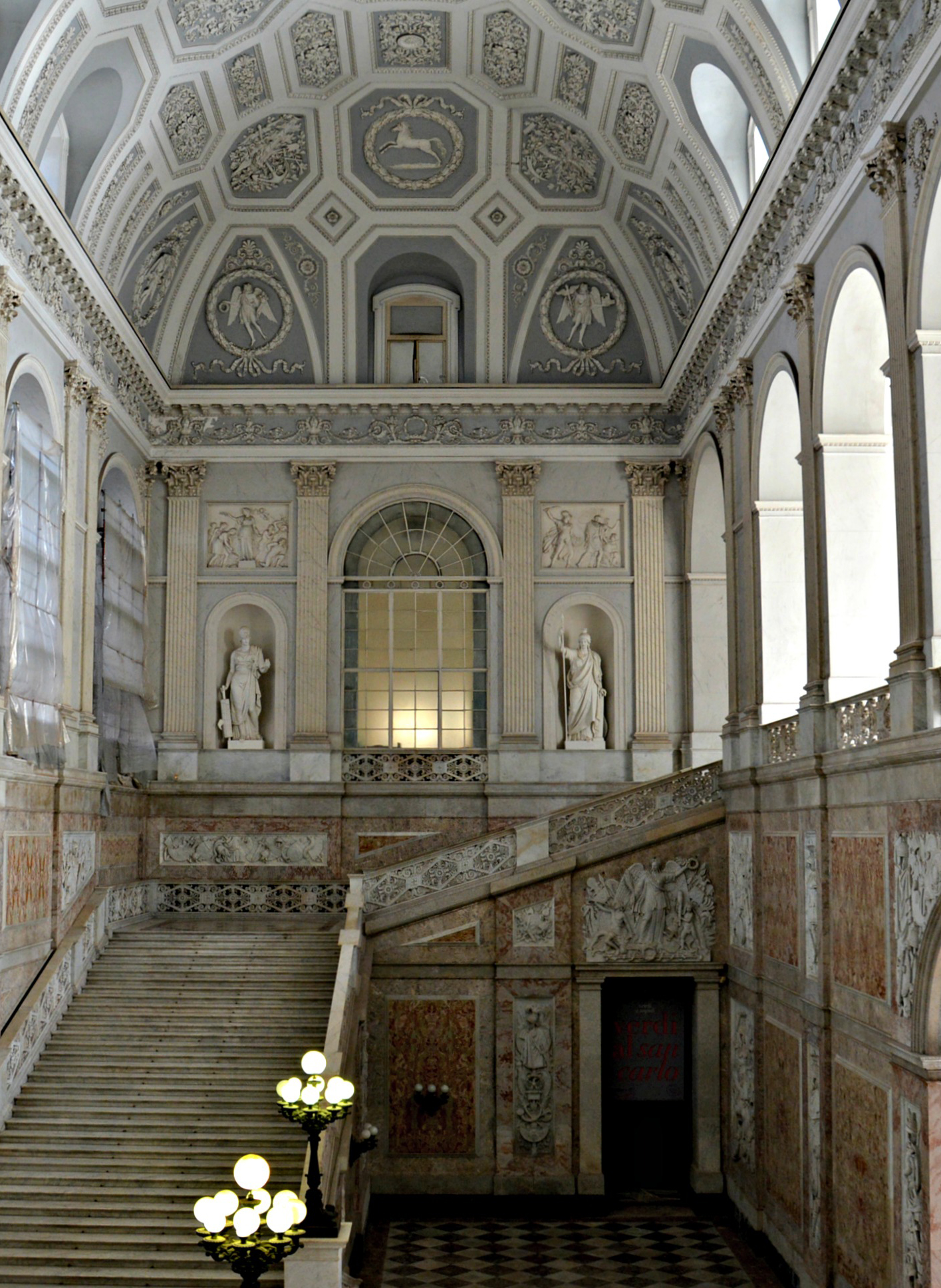
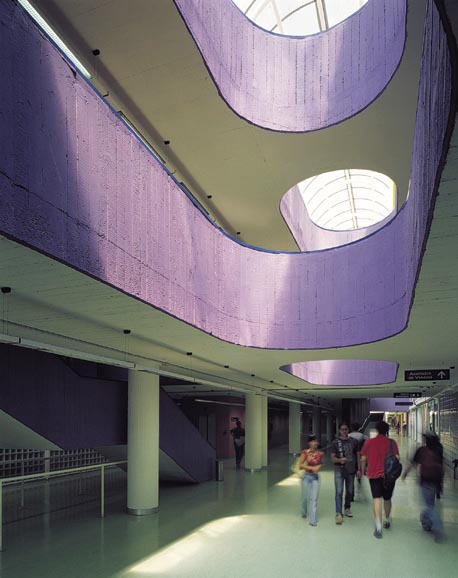
The Twentieth Century
The University of Naples survived the years of World War II. Though often bombarded, it did not undergo severe damage; however, after the armistice of September 8, 1943 and the guerilla warfare put up by the insurgent Neapolitans, retreating German troops set some university buildings on fire.
Following this disastrous period, other university facilities were taken over for some time by the occupying Anglo-American forces. The fifties and sixties saw an expansion of the university and entire schools were moved into newly developing areas such as Fuorigrotta, on the north western periphery of the city. This is where a new building on Camaldoli hill was constructed for the School of Engineering and where presently a large portion of the Medical School can be found.
Since the year 2000, a new, very large compound, named the Monte Sant’Angelo Complex, located in the area of Fuorigrotta, has hosted the Schools of Mathematics, Physics and Natural Sciences, Biotechnological Sciences and Economics. Although new universities have been established in southern Italy and in the Campania region, student enrollment in Naples increased steadily in the seventies and the early eighties to over 100,000 students, making the University of Naples one of the largest in the country.
Nowadays the university is made up of four schools, twenty-six departments, an academic staff of more than 3,000 individuals and an administrative staff of more than 4,500. Current student enrollment is still about 100,000 total.
